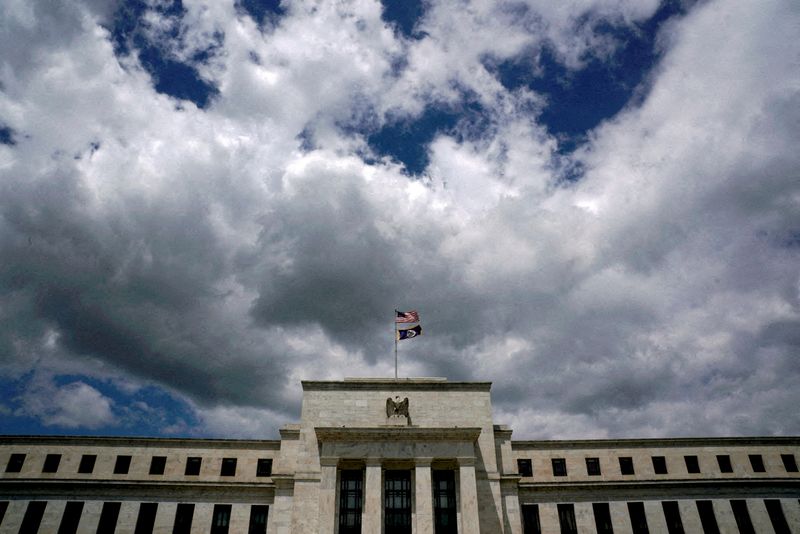(Reuters) -The U.S. Federal Reserve held its benchmark overnight interest rate steady in the 5.25%-5.50% range at its March 19-20 policy meeting, and officials continued to anticipate approving three quarter-percentage-point rate cuts by the end of 2024.
Before policymakers begin to ease borrowing costs, they say they want to see more data confirming that inflation is returning to the U.S. central bank’s 2% target.
Here’s a recap of key data watched by the Fed:
RETAIL SALES (Released April 15; next release May 15):
Consumer spending rose more than anticipated in March, and upward revisions to earlier data again defied expectations that stressed households would pull back and slow the economy. Data for March showed retail sales rose 0.7%, more than twice the figure projected by economists in a recent Reuters poll.
The unexpected jump is likely to add to already growing sentiment among Fed officials that there is no urgent need to cut interest rates in an economy that is showing little sign of buckling under the pressure of current credit conditions.
INFLATION (CPI released April 10; next release PCE April 26):
The Consumer Price Index accelerated in March to a 3.5% annual rate versus 3.2% in February, a blow to Fed officials hoping for signs inflation would resume its decline after progress stalled at the start of the year. Core prices, excluding food and energy costs, rose at a 3.8% annual rate, the same as the month before. The numbers led investors to push back to September their expectations for an initial Fed rate cut, and they now see only two quarter-percentage-point cuts this year. Rising gasoline and shelter costs again contributed the bulk of the CPI increase, defying hopes among some policymakers that housing inflation is on the verge of a steady decline.
The personal consumption expenditures (PCE) price index, which the Fed uses to set its 2% inflation target, increased at a 2.5% annual rate in February, up from the 2.4% seen in January. Core inflation stripped of volatile food and energy prices rose 2.8%, a slight decline from the upwardly revised 2.9% in January. Neither number is likely to boost confidence among Fed policymakers that inflation will steadily return to the central bank’s target.
EMPLOYMENT (Released April 5; next release May 3):
U.S. firms added a larger-than-expected 303,000 jobs in February, and employment gains in the previous two months were revised up by 22,000. The unemployment rate fell unexpectedly to 3.8%, marking the 26th straight month below 4% – the longest such run since the 1960s – and prompting Richmond Fed President Thomas Barkin to remark: “That’s a quite-strong jobs report.”
Fed officials have become more comfortable with the idea that continued strong job growth could still allow inflation to fall, especially if the supply of labor keeps growing and wage growth eases. Both did in March: The workforce grew by 469,000, the most since last August, and annual wage growth eased to 4.1%, the lowest rate of increase since June 2021. Still, that rate is above the 3.0%-3.5% range that most policymakers view as consistent with the Fed’s inflation target.
JOB OPENINGS (Released April 2, next release May 1)
Fed Chair Jerome Powell keeps a close eye on the U.S. Labor Department’s Job Openings and Labor Turnover Survey (JOLTS) for information on the imbalance between labor supply and demand, and particularly on the number of job openings available to each person who is without a job but looking for one. The ratio had been falling steadily towards its pre-pandemic level, but since October has remained in the 1.35-1.43 range, higher than the 1.2-to-1 level seen before the health crisis.
The number fell in the most recent release, for February, as the number of people seeking work rose, pushing up the unemployment rate.
Other aspects of the survey, like the quits rate, have edged back to pre-pandemic levels.
